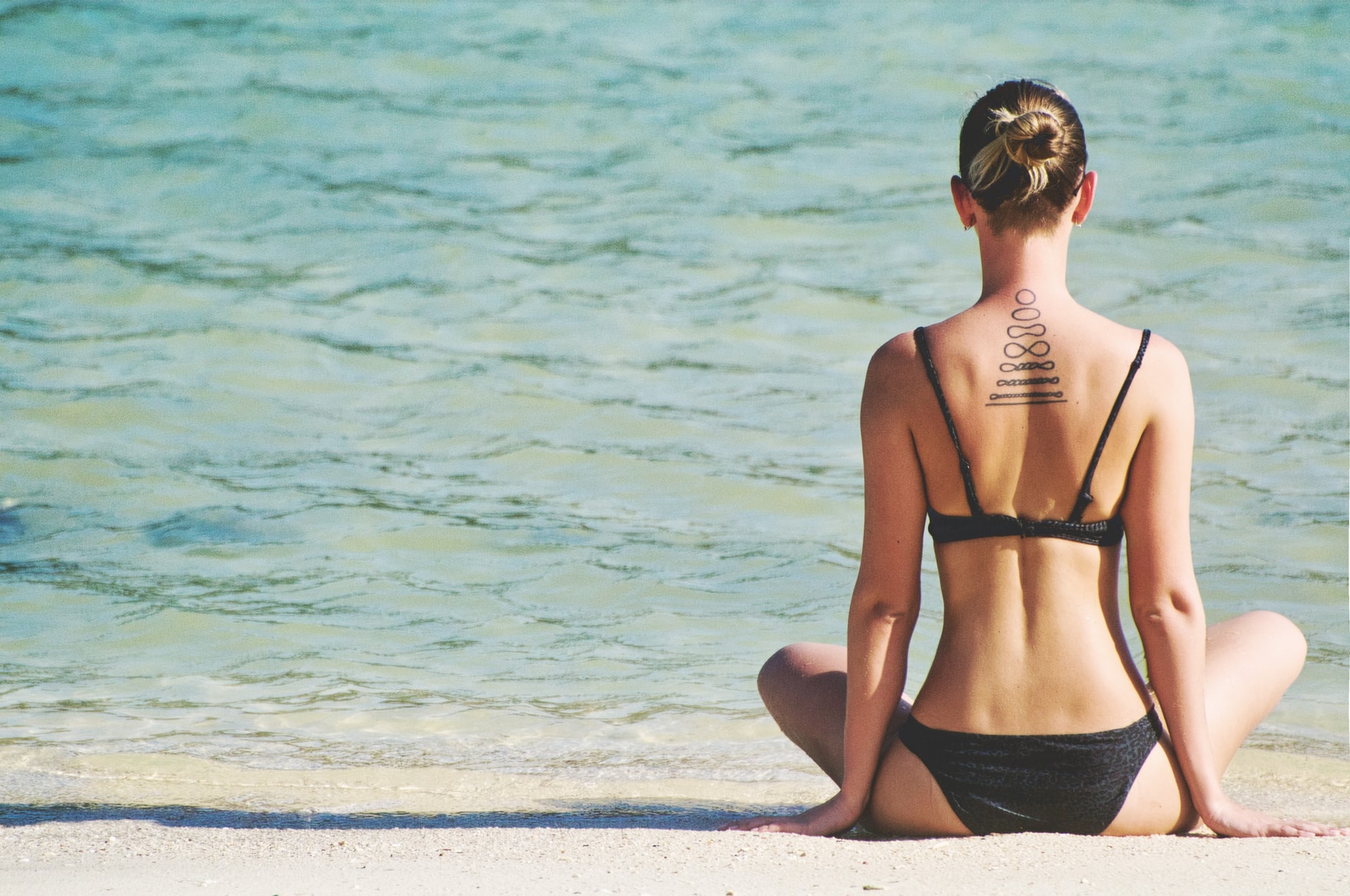Many women have considered what to do with body hair. Whether it’s hair in your bikini area, under your arms, or on your legs, attitudes about body hair tend to change over time. Regardless of what the body hair trends are, what really matters is how you feel. If you choose not to let your body hair down there grow wild and free, trim it like a landscaped lawn or strip away every last follicle, there are safe hair removal options available. Regardless of what you choose to do with your body hair, it’s important to know what to expect and how to deal with it.
Who Cares About Hair?
Male body hair has been celebrated as a sign of strength while female body hair was usually viewed negatively. As recently as 2004, a study of nearly 200 college students found that 98% of the women removed their leg and/or underarm hair. Most did this for reasons of appearance. Many of the students said they found body hair on women disgusting while just as many didn’t have a problem with male body hair. A similar study two years later concluded that a woman with body hair was seen as less intelligent, less happy, and less positive.
Attitudes toward hair in the bikini area have varied. Today many women prefer the untamed look –– often in response to the expensive, rigorous waxing practices of the early 2000s. Despite this, a 2019 study conducted at the University of Las Vegas, Nevada showed that in the United States some 84 percent of women and 66 percent of men shave or trim the “hair down there.” Marketing by waxing salons and online pornography were mentioned as the main reasons for this. Although many women assume men are more likely to see another man with body hair as attractive, one study revealed that a majority of both genders viewed a relatively hairless male body as the most attractive.

It’s not surprising that for many young women, anxiety about body hair is often connected to self-image. If you have darker hairs on your legs or arms, you might have begun thinking about shaving long before adolescence. The arrival of hair “down there” is just one marker of puberty. This is when children begin transforming both mentally and physically into adults. For girls, this starts around age ten with breast buds –– nickel-sized bumps beneath the nipple. However for around 15% of girls, pubic hair marks the entrance to puberty. Usually one to two years later, the onset of menstruation (period) occurs but this can vary as every girl is unique. Elite athletes often enter puberty in their teens –– especially those who are active in gymnastics or ballet. If at the age of 16 a girl hasn’t had her period yet, she should discuss this with her doctor.
What to expect
Some believe that girls are entering puberty earlier than ever before. Explaining what to expect about new body hair is a conversation girls as young as eight or nine are having with adults. If you experienced early signs of puberty before your friends, like breast buds or hair around the area covered by a bikini, you may have felt self conscious or uncomfortable. You should know that doctors don’t consider the first appearance of pubic or underarm hair to be unusual even in girls as young as seven.
Pubic hair starts out as long, soft, light-colored hair confined to a tiny area around your genitals. Over time, it will become darker and coarser. It starts near the opening, spreading up in a V shape. Eventually this hair will be identical to an adult woman’s –– just covering a smaller surface. For some girls it will never be more than a sparse patch. For others it can extend across the upper thighs and lower stomach. By then many girls have experienced an increase in body hair –– not only around the bikini area but under their arms and even on their face. This is when knowing how to safely deal with body hair is very important.
Body hair helps keep your skin healthy. That’s because the tiny sac where hairs grow, called a follicle, is surrounded by blood vessels, nerves, and fat. Hair follicles also help skin heal because they are loaded with stem cells. Fortunately, shaving or waxing doesn’t reduce this benefit because the hair follicles are unharmed. Genital hair protects the very sensitive lips around your vaginal opening from irritation caused by rubbing against your underwear.

Which hair removal method is best?
Shaving is the most common and arguably the easiest and least expensive way to remove hair. You should have your own razor, one made especially for shaving your legs and other personal areas. Shaving during a shower or bath is ideal because the steam and hot water will soften the hair and open your pores. Use a shaving cream or gel but avoid products with added dyes or fragrances. Always shave in the same direction as the hair is growing. This reduces the risk of ingrown hair. Contrary to popular belief, shaving does not make body hair come in thicker.
One thing to consider is that shaving the hair around your bikini area is more likely to lead to ingrown hairs because it is curly. Caution needs to be taken when shaving around your vagina, as it is easy to nick the skin. Most women reduce shaving irritation by doing so every other day. Unscented deodorant on your sensitive areas can also reduce the risk of rash as can avoiding tight-fitting jeans or underwear.

Shaving isn’t the only option. Hair removal gels and creams called depilatories will actually melt your hair. Make sure to follow the directions. Only leave it on your skin for as long as intended. Then in the shower, your hair will literally wash away. Avoid getting any near your vaginal or anal openings as it can cause a burning sensation or other unpleasant reactions. If you use it for your bikini hair, make sure the product is gentle enough. For many young women, waxing is the preferred way to remove body hair. For some girls, the first trip to the esthetician is a rite of passage –– whether with their moms or with friends. Inside a private room you can opt to have as much or as little hair removed as you like. Waxing usually lasts for several weeks. Your hair should be around 1/4 inch if it’s fine, half an inch if it’s coarse. You will want to trim it or use an electric razor if it’s any longer.
Increasingly, women are opting for permanent hair removal. If you are dealing with hair on your face, this may be the best option. Electrolysis uses an electric current to kill the hair root. Laser hair removal is when a beam of light is sent through the skin to stop hair growth. It works best on darker hairs and people with lighter skin. Usually younger teens don’t have these procedures. Along with waxing, removing body hair from the root means you will have less of it as an adult. Often girls’ attitudes about body hair change as they grow older –– which is one good reason to take your time before making any permanent decisions.
Written by John Bankston
References
- Attitudes Toward Women’s Body Hair: Relationship with Disgust Sensitivity.
- Women and body hair.
- What’s your attitude about body hair removal?
- Men’s body depilation: an exploratory study of United States college students’ preferences, attitudes, and practices.
- Precocious puberty.
- Physical development in girls: what to expect during puberty.
- Elite athletes and pubertal delay.
- Body hair.